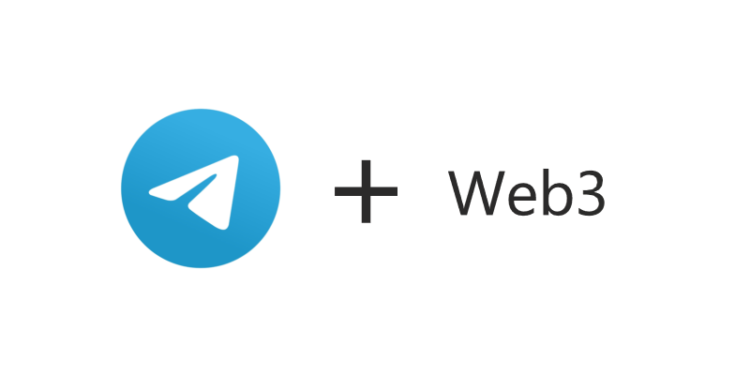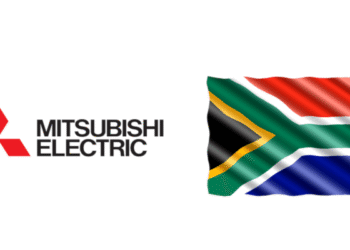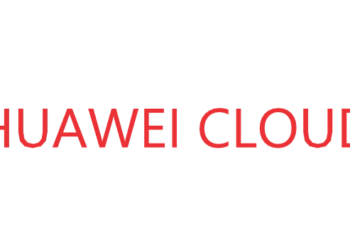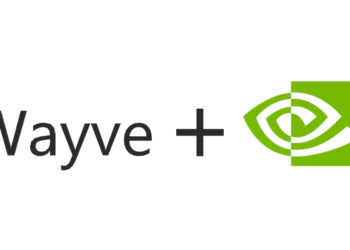The term Web3 has gained significant traction, in recent years, heralding a new era of decentralization and blockchain integration. Amidst this technological revolution, Telegram, the popular messaging platform, has emerged as a frontrunner in leveraging Web3 technologies to redefine communication, finance, and digital interaction. In this comprehensive exploration, we delve into how Telegram harnesses the power of Web3 to revolutionize its ecosystem, offering users unparalleled privacy, security, and utility.
Understanding Web3
Before delving into Telegram’s integration of Web3, it’s imperative to grasp the essence of Web3 itself. Web3 represents a paradigm shift from the centralized model of Web2, epitomized by platforms like Facebook, Google, and Amazon, towards a decentralized, peer-to-peer (P2P) network facilitated by blockchain technology. In Web3, users regain control over their data, transactions become trustless through smart contracts, and censorship-resistant protocols foster open collaboration.
Telegram’s Journey into Web3: Embracing Decentralization
Telegram’s foray into Web3 began with its founder, Pavel Durov’s vision of empowering users with privacy-centric communication tools. Over the years, Telegram has evolved beyond a mere messaging app to a multifaceted platform integrating Web3 principles into its ecosystem. Let’s dissect how Telegram harnesses Web3 technologies across various facets of its operations:
- 1. Decentralized Messaging:
At its core, Telegram remains a messaging platform, but its architecture reflects a commitment to decentralization. Telegram’s use of end-to-end encryption ensures user privacy, while its decentralized server infrastructure mitigates the risk of single-point failures and censorship. Additionally, Telegram’s open API enables developers to create decentralized applications (dApps) that seamlessly integrate with its messaging interface, fostering a vibrant ecosystem of decentralized communication tools.
- 2. Cryptocurrency Integration:
Telegram’s integration of cryptocurrencies and digital assets exemplifies its embrace of Web3 principles. The Telegram Open Network (TON), a blockchain platform developed by Telegram, aims to revolutionize payments and decentralized applications. Although TON faced regulatory hurdles and subsequent setbacks, Telegram’s introduction of features like Telegram Wallet and support for crypto payments underscores its commitment to mainstreaming digital currencies within its platform.
- 3. Community Governance:
A hallmark of Web3 is community governance, where stakeholders collectively participate in decision-making processes. Telegram channels and groups serve as hubs for community engagement, enabling users to voice their opinions, propose ideas, and shape the platform’s future direction. Moreover, Telegram’s embrace of decentralized autonomous organizations (DAOs) empowers users to govern specific aspects of the platform, fostering a sense of ownership and inclusivity.
- 4. NFT Marketplace:
Non-fungible tokens (NFTs) have emerged as a cornerstone of Web3, revolutionizing digital ownership and monetization. Telegram’s integration of an NFT marketplace provides users with a platform to buy, sell, and trade digital assets securely. Leveraging blockchain technology, Telegram ensures the provenance and authenticity of NFTs, thereby fostering a vibrant ecosystem of digital creators and collectors within its platform.
- 5. Smart Contracts and Automation:
Smart contracts, self-executing contracts with predefined conditions, lie at the heart of decentralized applications. Telegram’s integration of smart contracts enables automation of various processes, from payments to content moderation, enhancing efficiency and transparency. By leveraging smart contracts, Telegram fosters trustless interactions between users, eliminating the need for intermediaries and reducing friction in digital transactions.
- 6. Identity and Reputation Systems:
Web3 advocates for the development of decentralized identity and reputation systems to foster trust in digital interactions. Telegram’s implementation of cryptographic identity verification and reputation scoring mechanisms enhances user trust and security within its platform. By decentralizing identity management, Telegram empowers users to control their digital personas, safeguarding against identity theft and impersonation.
- 7. Data Ownership and Monetization:
In Web3, users retain ownership of their data and have the autonomy to monetize it as they see fit. Telegram’s commitment to data privacy and ownership is evident in its end-to-end encrypted messaging protocol, which ensures that only intended recipients can access user communications. Moreover, Telegram’s integration of micropayments and tokenization mechanisms enables users to monetize their content and services directly, bypassing traditional intermediaries and empowering content creators.
The Future of Telegram and Web3:
As Telegram continues to innovate and integrate Web3 technologies into its ecosystem, the future holds immense promise for decentralized communication, finance, and social interaction. With ongoing developments in blockchain scalability, interoperability, and regulatory frameworks, Telegram is poised to catalyze the mainstream adoption of Web3 principles on a global scale.
Conclusion:
Telegram’s embrace of Web3 technologies marks a paradigm shift in the evolution of digital communication and interaction. By leveraging decentralized messaging, cryptocurrency integration, community governance, NFT marketplaces, smart contracts, identity systems, and data ownership mechanisms, Telegram is at the forefront of the Web3 revolution. As we navigate the complexities of an increasingly digitized world, Telegram stands as a beacon of decentralization, empowering users with privacy, security, and autonomy in their digital interactions.














